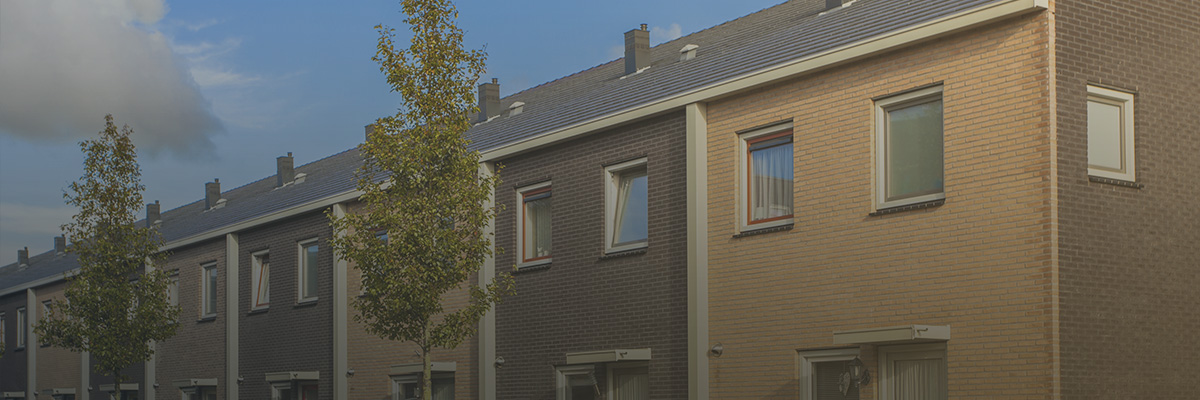A new paper released by Urban Institute pulls together the evidence for rapid re-housing.
Over the past several years, rapid re-housing has become the primary tool to help people experiencing homelessness reconnect to permanent housing. The model began as an approach deployed in a handful of communities to help people exit shelter. Today, it has evolved to become an integral part of the national effort to end veteran and family homelessness. Recent years have also seen a substantial new federal investment in rapid re-housing to help domestic violence survivors and youth secure new housing and safety.
What is Rapid Re-housing?
Rapid re-housing is an intervention designed to help people experiencing homelessness quickly reconnect to permanent housing. At its foundation are the goals to help people (1) obtain housing quickly, (2) increase self-sufficiency, and (3) stay housed. Rapid re-housing should be offered without preconditions (such as employment, income, absence of criminal record, or sobriety) and the resources and services provided are typically tailored to the needs of the person. Services can include: housing identification and landlord negotiation assistance, short-term rent and move-in costs, and rapid re-housing case management and services.
What Does the Research Say?
Much of the existing research on rapid re-housing has focused on the individual level impacts of rapid re-housing: Do people who receive rapid re-housing reconnect to permanent housing and have shorter homeless episodes? (They do.) Do they simply return to shelter as soon as the short-term financial assistance ends? (They do not.) Are outcomes for people who receive rapid re-housing worse than those who receive long-term transitional housing? (They are not.)
What has been less studied are the system-level impacts of rapid re-housing. People receiving rapid re-housing exit homelessness faster and the cost of rapid re-housing each individual household is far less than for long-term interventions such as transitional housing or permanent housing assistance.
What is the Impact of Effective Rapid Re-housing?
First, reducing the amount of time spent homeless matters a lot on an individual level — no one desires a longer stay in homelessness, and it can have significant negative impacts on parents and children alike. Recent research reported in Pediatrics indicated that episodes of homelessness lasting longer than six months are associated with increased risk of hospitalization, poorer health, and developmental delays among infants
But it also matters a great deal on a system level. When people spend less time homeless, shelter beds turn over more frequently. It’s a matter of math:
Consider a shelter with 100 beds. When homeless episodes average five months, 264 people can be served in a year. But when the average homeless episode is two months, up to 600 people can be served by the same shelter. Timely exits through rapid re-housing can reduce long waitlists for shelter, as well as high numbers of unsheltered people.
In some cases, rapid re-housing can also alleviate the significant financial costs and time required to build and site a new shelter facility. This is not only financially prudent, but it also allows available resources to be used to assist more households — without sacrificing permanent housing outcomes.
Currently, the vast majority of people who become homeless rely only on emergency shelter — they receive no targeted help to reconnect with housing. By reallocating funds from more expensive interventions, homeless service systems can help more people.
There are more than 145,000 families experiencing homelessness each year. And there are thousands of individuals denied shelter due to a lack of capacity. That makes rapid re-housing a critical intervention that can get people housed while also helping reduce reliance on costlier interventions.
Rapid re-housing helps ensure shelter resources are used the way they are intended: to help respond to urgent housing crises. Because of its lower cost, more people experiencing homelessness can be helped to secure new permanent housing. It’s just the right thing to do.

